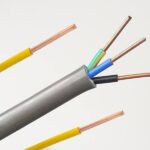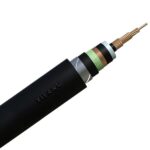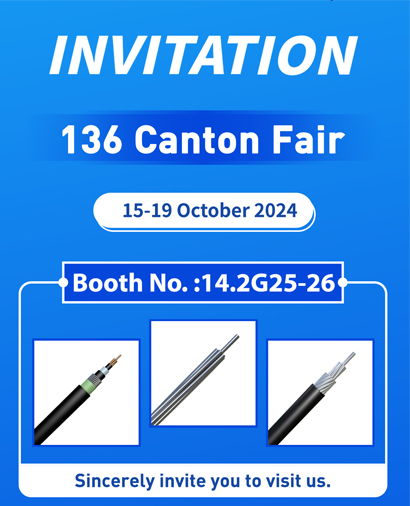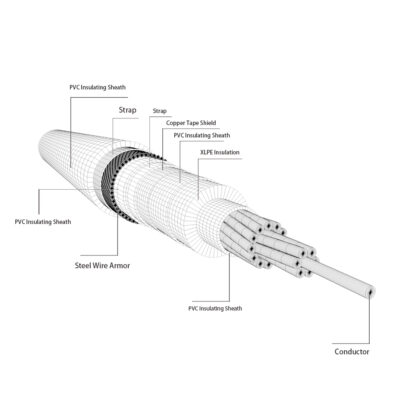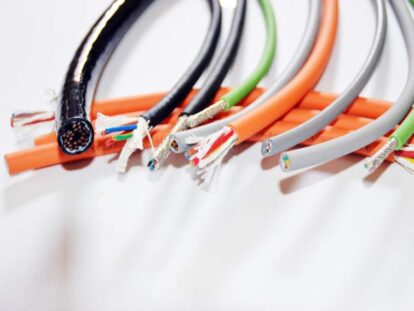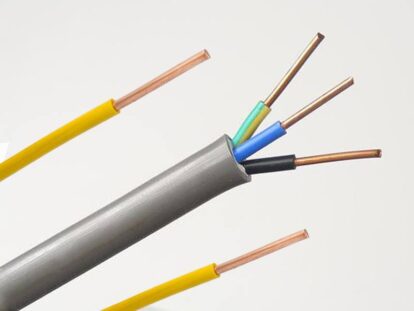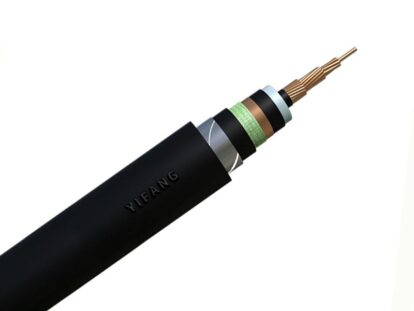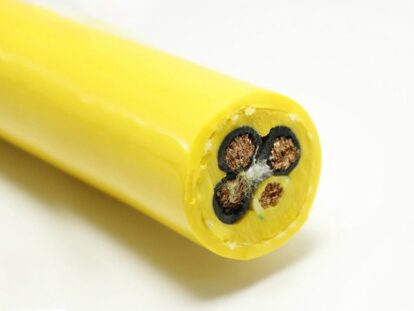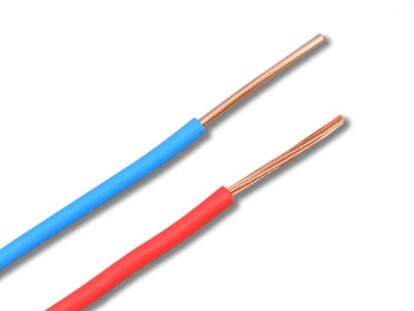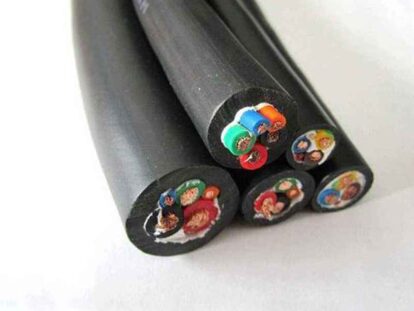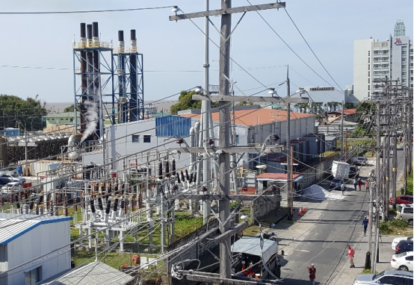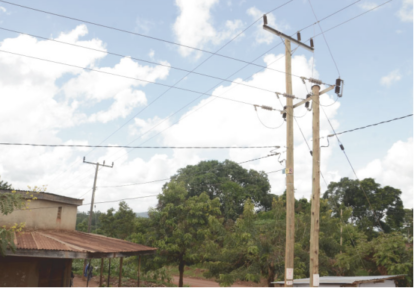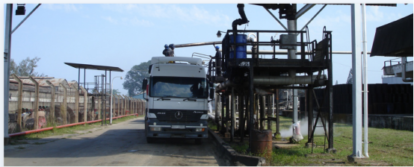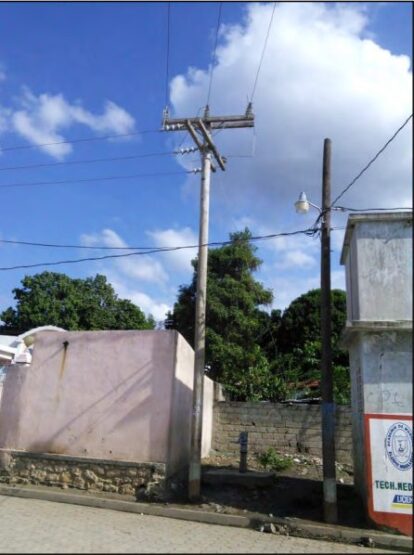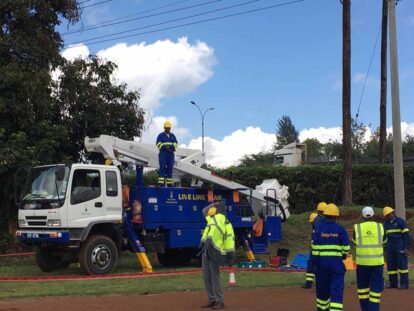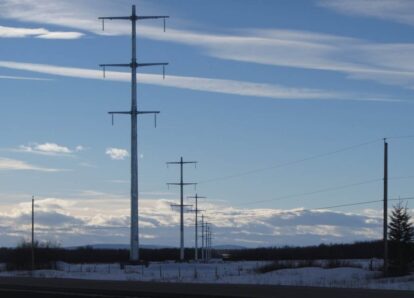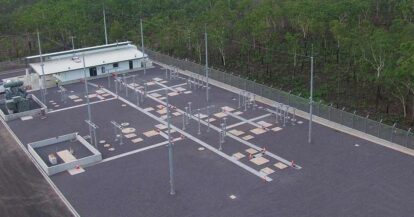Low voltage (LV) cable refers to cables with a rated working AC (alternating current) or DC (direct current) voltage not exceeding 0.6/1KV (inclusive). Generally, AC circuits below 0.6/1KV are referred to as low-voltage circuits, while 220/380V lines are referred to as low-voltage civilian lines. Low-voltage lines are usually laid overhead or underground, with a few laid in pipelines or trenches.
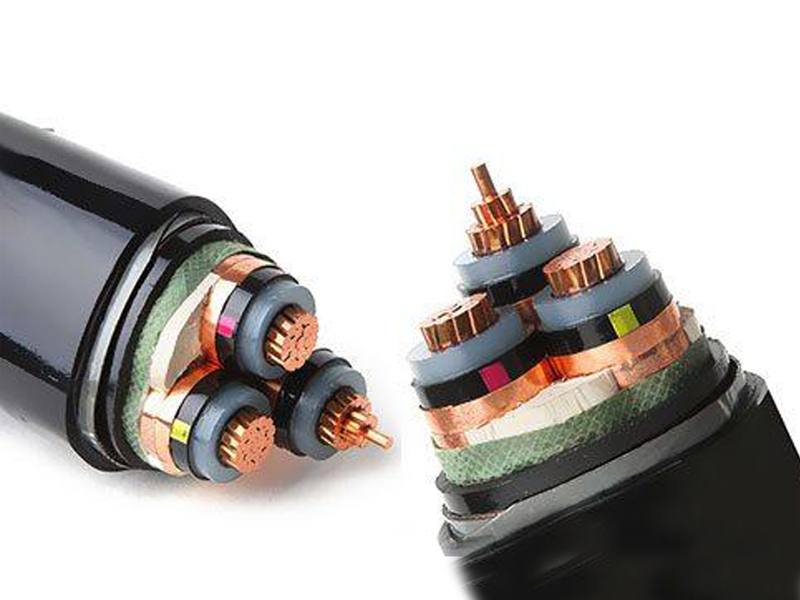
What is low voltage cable?
Low voltage cable refers to cables with a rated voltage of 0.6/1KV or less, mainly used for transmission and distribution of low voltage power or signals. Low voltage cables consist of three parts: conductors, insulation, and protective layers. Conductors are metal wires used to conduct current, usually made up of multiple strands of oxygen-free copper wire or aluminum wire twisted together. Insulation is a non-conductive material used to isolate the conductor from the outside world, usually made of polyethylene, polyvinyl chloride, rubber, etc. The protective layer is an outer layer material used to prevent mechanical damage, chemical corrosion, fire, and other impacts on the cable, usually made of steel strips, steel wires, aluminum foil, etc.
Low voltage cables can be divided into single-core, two-core, three-core, and four-core cables according to the number of cores. Single-core cables have only one conductor and are suitable for DC or single-phase AC systems. Two-core cables have two conductors and are suitable for single-phase AC systems. Three-core cables have three conductors and are suitable for three-phase three-wire AC systems. Four-core cables have four conductors and are suitable for three-phase four-wire AC systems.
Structure of low voltage cable:
Low voltage cables consist of four parts: conductors, fillers, insulation layers, and protective covers. The conductor is the core part of the cable, usually made of copper or aluminum, responsible for conducting current. The filler is a material used to fill the gap between conductors, usually made of paper or plastic, for support and waterproofing. The insulation layer is a layer wrapped around the conductor, usually made of polyvinyl chloride or cross-linked polyethylene, for isolation and protection. The protective cover is a layer covering the insulation layer, usually made of steel wire or steel strip, for reinforcement and corrosion resistance.
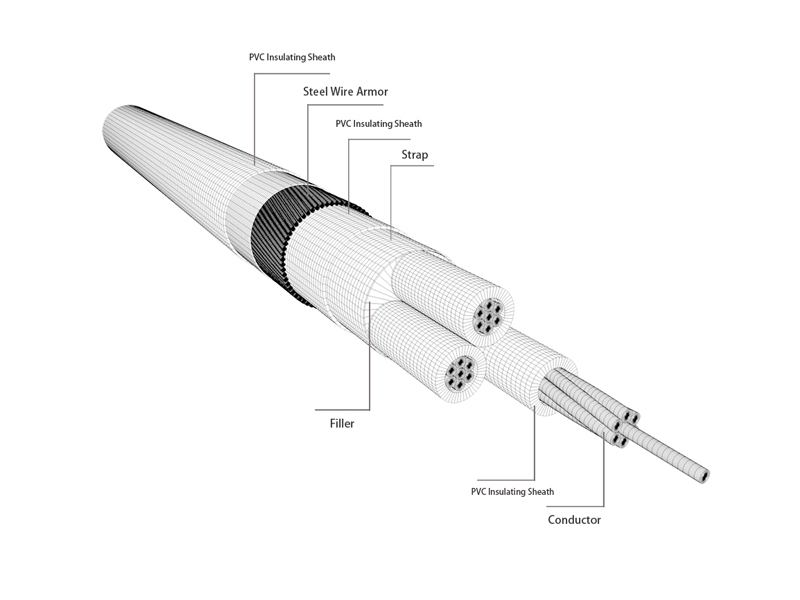
Low voltage cables can be classified into concentric circular, flat, and twisted forms according to their structure. The various parts of concentric circular cables are arranged in a circular shape, which has good symmetry and stability. The various parts of flat cables are arranged in a flat shape, which has a smaller footprint and higher heat dissipation effect. The various parts of twisted cables are arranged in a twisted shape, which has strong flexibility and anti-interference ability.
Advantages of low voltage cable:
- 1.Low voltage cables have reliable electrical performance, can withstand high short-circuit current and overload current, and are not prone to circuit breaks or fire accidents.
- Low voltage cables have strong resistance to chemical corrosion, acid, alkali and organic solvents, suitable for use in various harsh environments.
- Low voltage cables are not limited by laying drops and can be laid in any drop, even in vertical situations, saving space and cost.
- Compared with low-voltage overhead lines, low-voltage cables have the characteristics of reliable operation, no need for poles, no ground occupation, no obstruction of sight, and less affected by the external environment, improving power supply quality and beautifying the urban environment.
What are the applications of low voltage cables?
- Intelligent green buildings: Low voltage cables can be used in large venues such as hospitals, stadiums, and sports centers for distribution projects, providing safe, reliable, and energy-saving power services.
- Industrial production: Low voltage cables can be used in various industrial fields such as petrochemical, metallurgy, machinery, and light industry to meet the power requirements of different environments and equipment.
- Urban transportation: Low voltage cables can be used in infrastructure construction such as urban rail transit, highway tunnels, and bridges to connect signal transmission and control systems.
- Rural areas: Low voltage cables can be used in rural network transformation and new construction projects to improve rural power supply quality and efficiency.
How to choose low voltage cable?
There are multiple types of low voltage cables, such as plastic insulated cables with copper or aluminum cores, rubber sheathed cables, control cables, fire-resistant cables, low-smoke and halogen-free cables, etc. Different types of low voltage cables have different properties and uses. Therefore, when selecting, the following aspects should be considered:
- The rated voltage of the low voltage distribution system. When selecting low voltage cables, ensure that the rated voltage is not lower than the rated working voltage of the system to avoid overload or breakdown phenomena.
- Purpose and laying environment. Select appropriate insulation and sheath materials according to the purpose and laying environment to meet the requirements of waterproofing, corrosion resistance, wear resistance, weather resistance, etc. For example, armored or waterproof low voltage cables should be used when buried underground or laid in water, and fire-resistant or low-smoke and halogen-free low voltage cables should be used in high-temperature or fire-prone places.
- Load characteristics and current carrying capacity. Select a suitable conductor cross-sectional area according to the load characteristics (constant load or variable load) and current carrying capacity (maximum calculated value or average value) to ensure that the conductor temperature does not exceed the allowable value and minimize line losses.
- Laying method and length. Select suitable conductor materials (copper core or aluminum core) and models (single-core or multi-core) according to the laying method (directly buried, pipeline, overhead, etc.) and length (long-distance or short-distance) to meet the requirements of mechanical strength and economy, and consider the number and form of line joints.
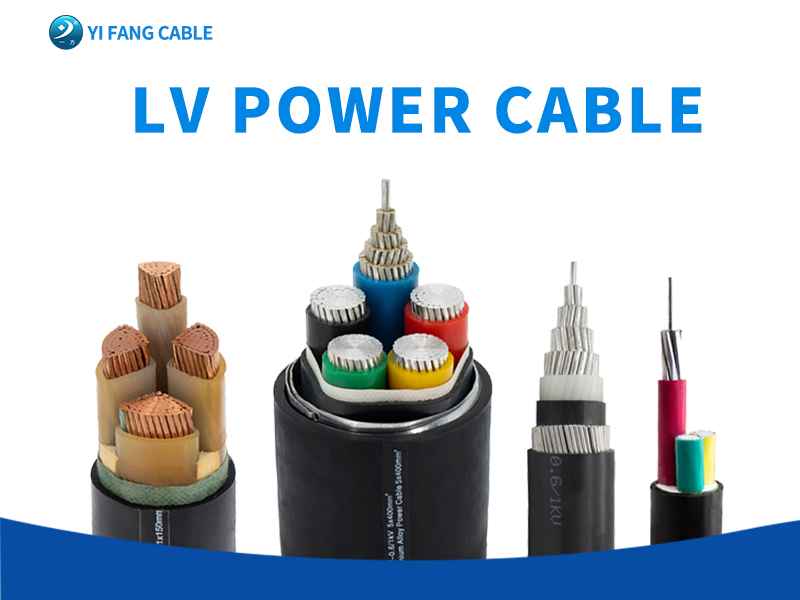
How to choose low voltage cable section and current carrying capacity?
The section and current carrying capacity of low voltage cables are important parameters for cable design and selection. They directly affect the safe operation and economic benefits of cables. The section of low voltage cables refers to the cross-sectional area of the cable conductor, which determines the cable's conductivity and resistance. The current carrying capacity refers to the maximum current that the cable can withstand under specified conditions for a long time, which reflects the transmission capacity and heating situation of the cable.
There is a certain correspondence between the section and current carrying capacity of low voltage cables. Generally, the larger the section, the higher the current carrying capacity. However, it is not simply proportional because other factors such as conductor material, insulation material, laying method, environmental temperature, etc., also affect the cable's thermal conductivity, heat dissipation conditions, temperature rise limit, and current carrying capacity.
For convenience of engineering design and selection, low voltage cable current carrying capacity comparison tables can be referred to in some standards or manuals. These tables list the corresponding current carrying capacity values according to different types, specifications, cores, and laying methods. However, these tables can only be used as a reference and are not entirely applicable to all situations. In practical engineering, it is necessary to perform verification or calculation according to specific situations.
Low voltage cable vs. medium voltage cable vs. high voltage cable
According to their rated voltage, cables can be divided into low voltage cables, medium voltage cables, and high voltage cables. The rated voltage of low voltage cables is generally below 0.6/1kV, the rated voltage of medium voltage cables is generally 3-35kV, and the rated voltage of high voltage cables is generally 35-750kV. Different types of cables also differ in structure, materials and performance.
Low voltage cables use ordinary polyvinyl chloride or cross-linked polyethylene as insulation and protective layers, with a simple structure and low cost, suitable for urban distribution networks, industrial equipment, and home electricity. Low voltage cables are divided into two types: ordinary type and cross-linked type. The cross-linked type has better heat resistance but a more complex manufacturing process.
Medium voltage cables use high-density cross-linked polyethylene as the main insulation layer and use triple extrusion technology to shield the semi-conductive layer. They are suitable for long-distance transmission and distribution systems, with good insulation performance, high reliability, and strong resistance to environmental factors.
High voltage cables use high-strength insulating materials, such as oil-impregnated paper, polyethylene, and cross-linked polyethylene, with good insulation performance, high reliability, and long service life. They are mainly used in long-distance transmission and distribution systems and large-scale power plants.
Conclusion
Low-voltage cables are power transmission equipment widely used in power systems, industrial and civil buildings, transportation, and communication fields. Low-voltage cables have the characteristics of reliable operation, no need for electric poles, no occupation of ground, no obstruction to the view, and less affected by external factors. However, they also have disadvantages such as high cost, difficult laying and maintenance, and difficult detection and elimination of faults. Therefore, selecting suitable low-voltage cable models, correctly designing and installing low-voltage cable lines, and effectively protecting and managing low-voltage cables are important measures to improve the safety and economy of low-voltage power grids.



